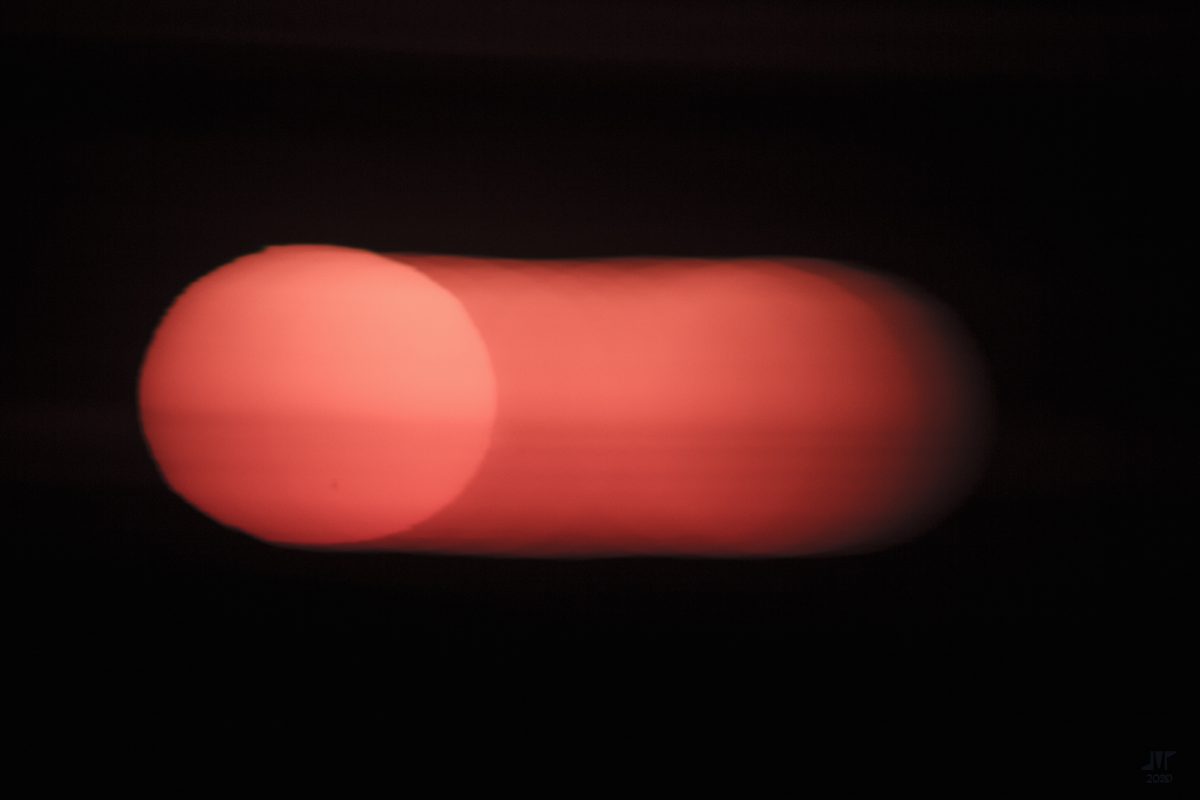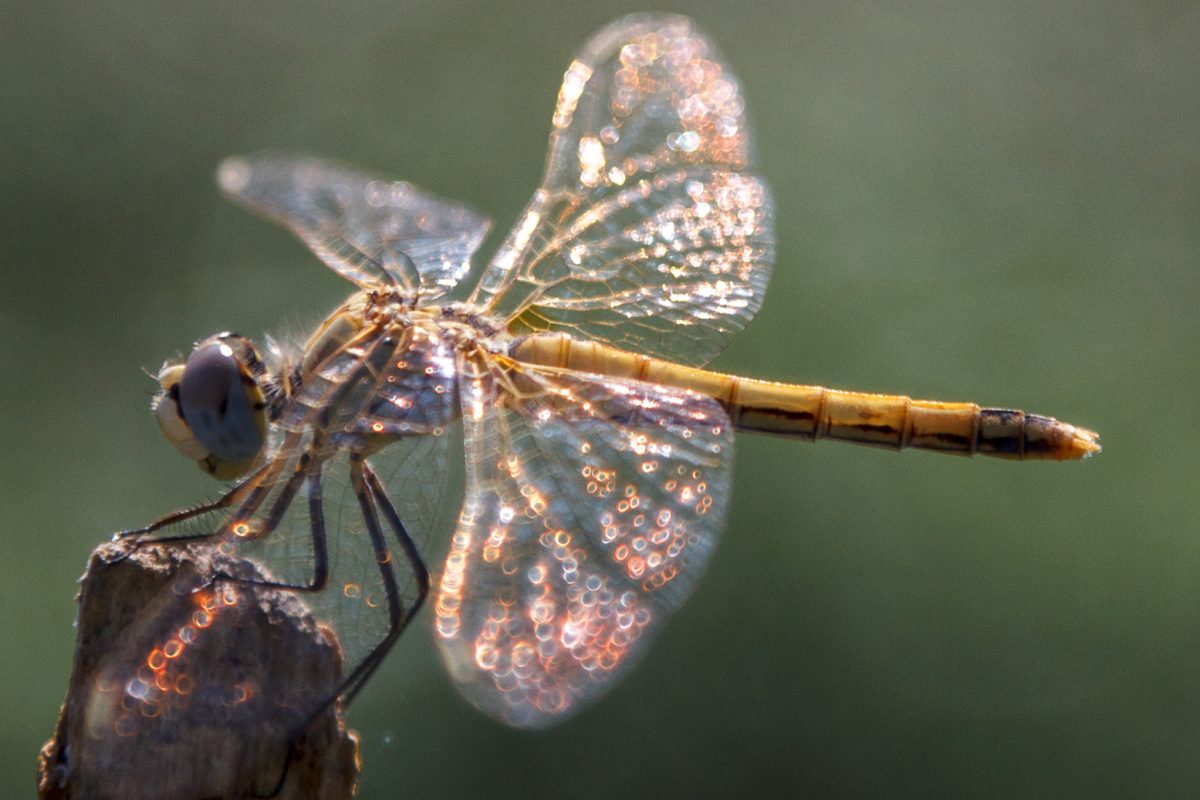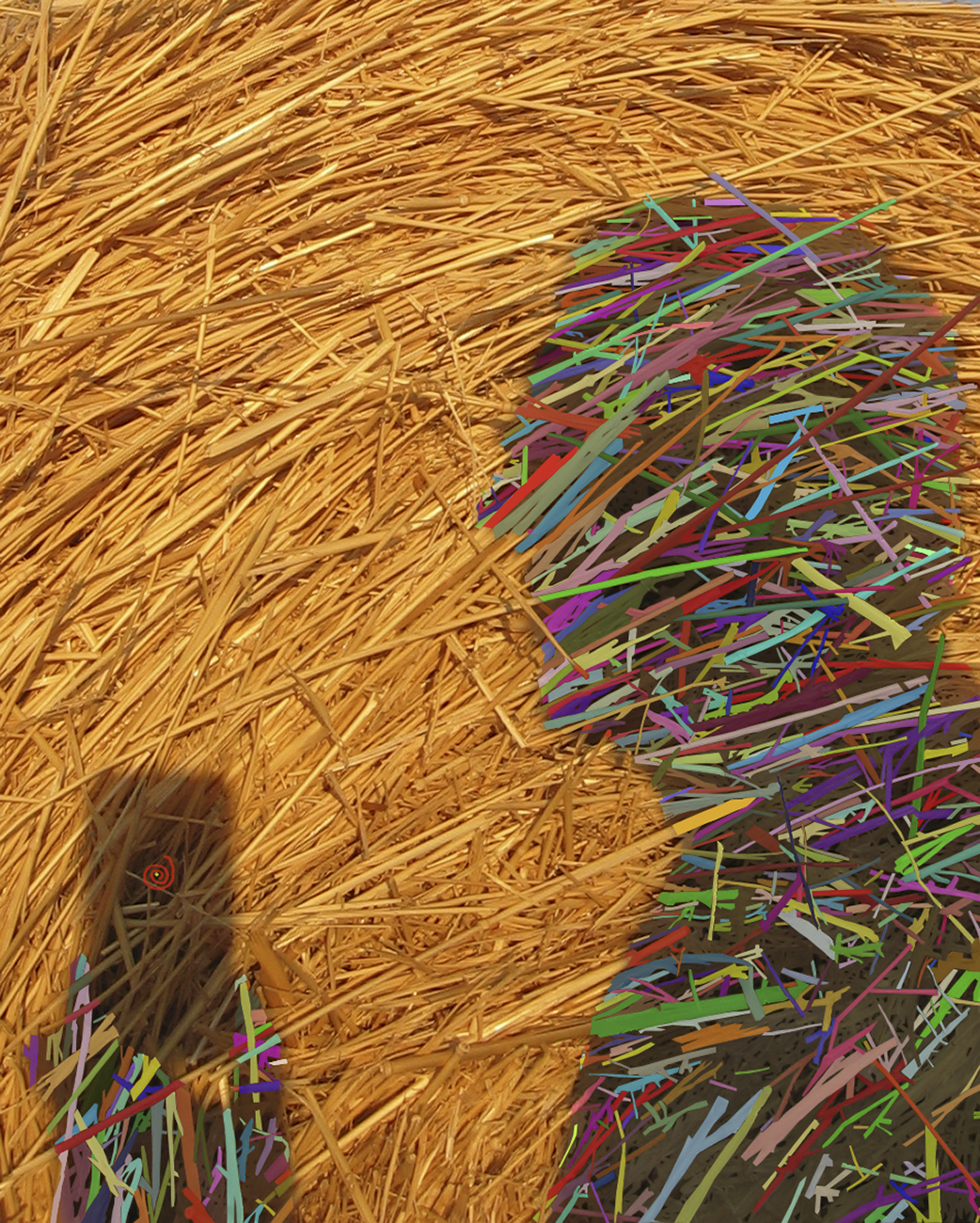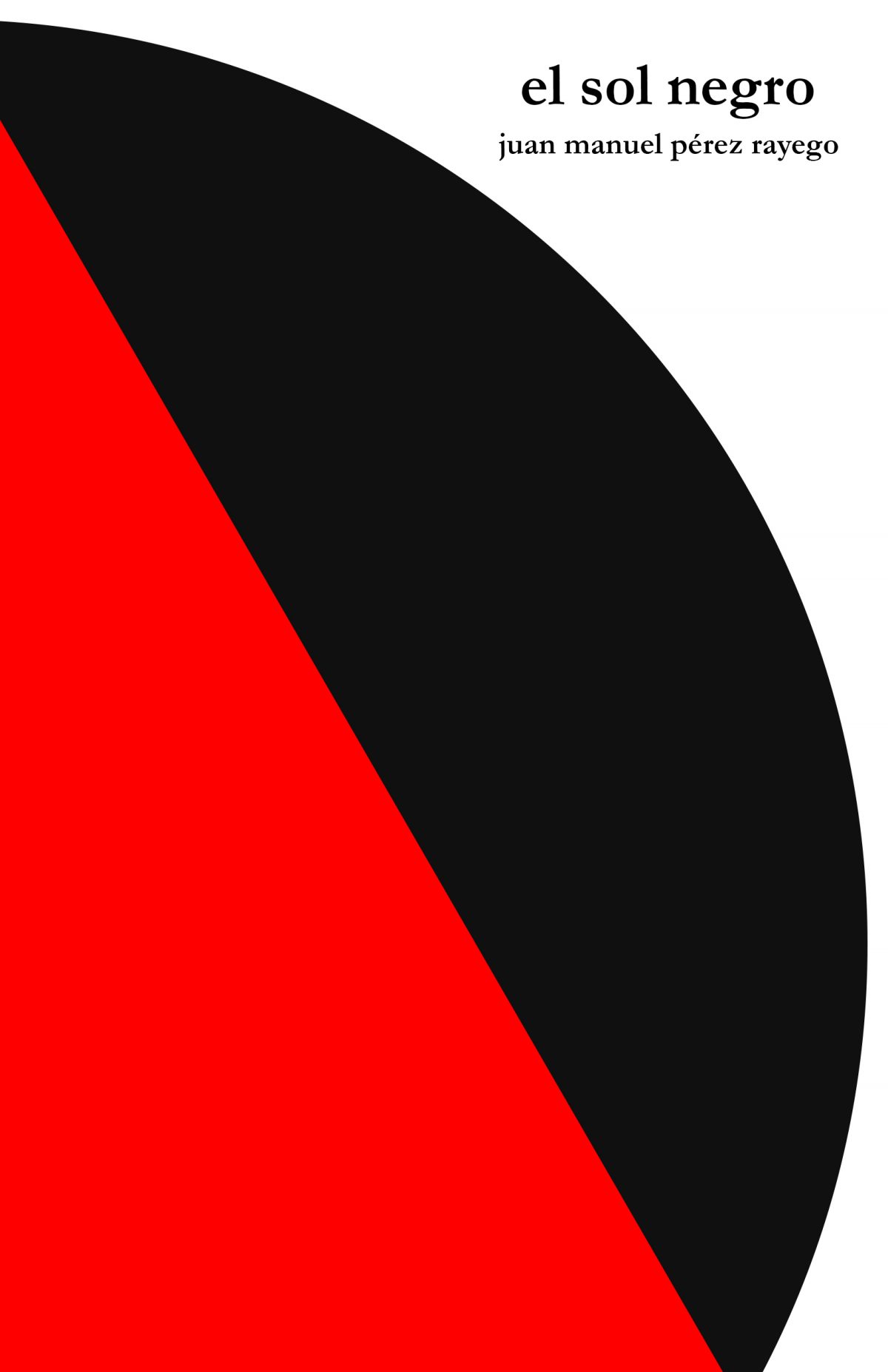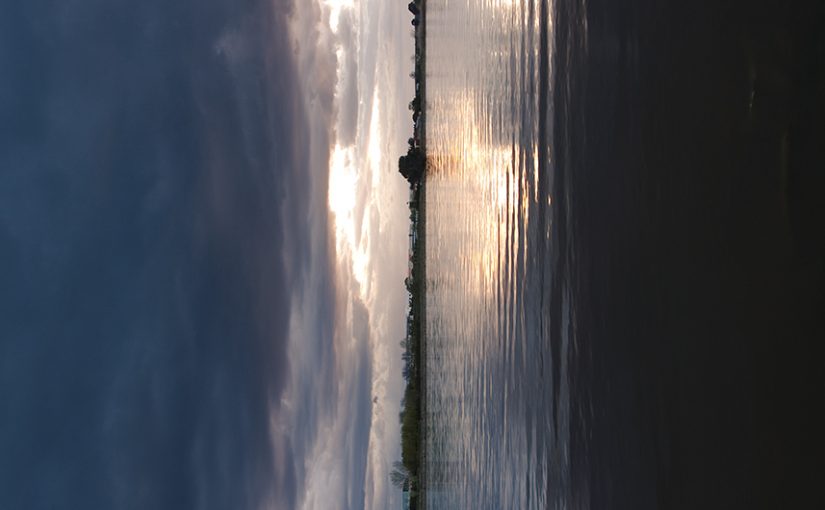time, space, color … a path from the figurative to the foundations of reality: the abstract. A single 2-second exposure photograph, one to focus and one to paint.
Galleries
07 color
sunlight and…

COL_012
see also
works


the black sun
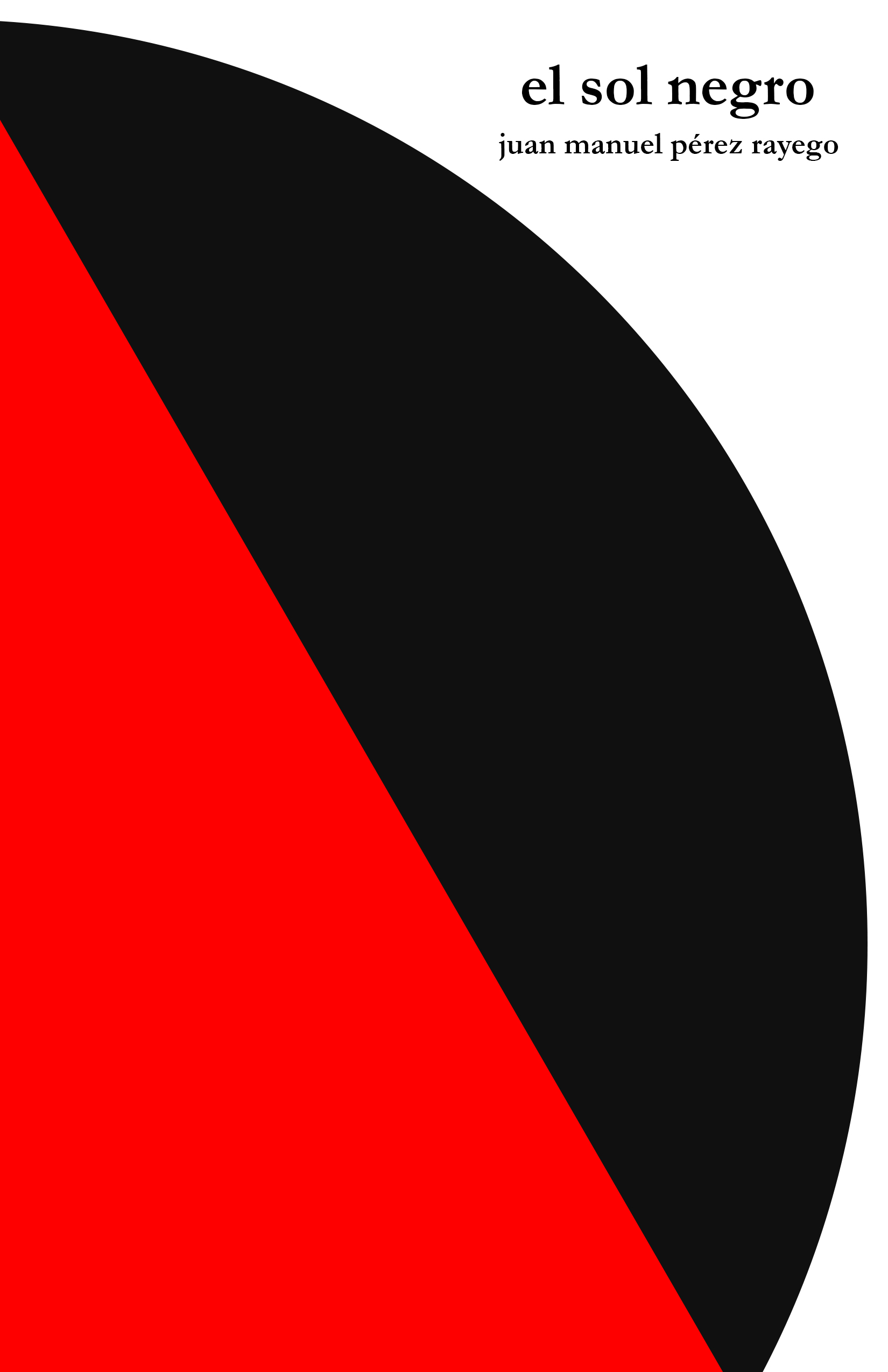
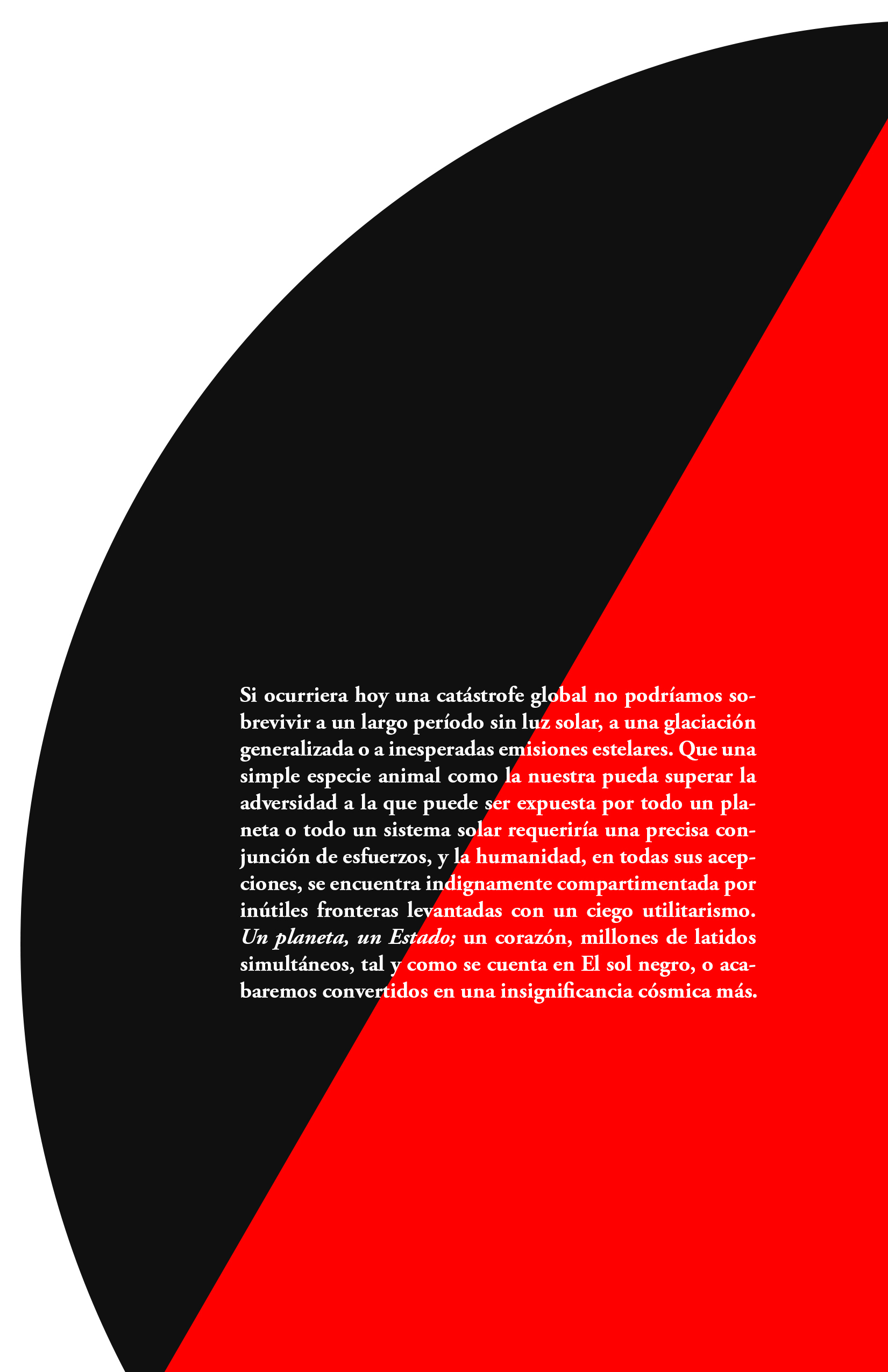
If a global catastrophe happened today we could not survive a long period without sunlight, neither a generalized glaciation or unexpected star emissions… The fact that a simple animal species like ours can overcome the adversity that can be exposed by an entire planet or a whole solar system or a whole galaxy would require a precise conjunction of efforts. And humanity, in all its meanings, is unequivocally compartmentalized by useless boundaries erected with a blind utilitarianism. One planet, One State; a heart, millions of simultaneous beats, as told in The black sun, or we will end up becoming more of a cosmic insignificance.
04 vertical
01 naturalezas
El analogón de juan manuel pérez rayego
The image with its immediacy and its realism allows us to give real meaning to all the “things”. The only pre-existence of the reality gives to the artists the possibility to reproduce it as much as to transform it and, even, deform it. The spectator is placed before that baroque idea about the doubt that man has when it is about to confront with the represented objects, as in Etienne Pascal pointed in his essay pour Les Coniques, where the same reality can generate different perspectives according to the visual system used or, getting a bit further, where the images work, following the ANALOGON of Sartre, over the environment that the image itself discovers and organizes in a sensitive way not being able to tell the difference between the material and the intentions. This argument, understood by Juan Manuel Perez Rayego makes his works to let us getting lost in that labyrithm of the eye-sight to unveil part of the features of a reality. And for that he masterfully modulates the dialectic of the Known and the unrecognizable or of the invisible and what can be seen ( visible). And even connect art and science, technology and humanism to save the barriers that could appear at the time of combining them and give light to the controversy that the contemporary world has created around these concepts.
Javier Cano Ramos, text for the exhibition of Natures in Casa de la Cultura, Don Benito, Badajoz. 2013
02 ecuatorial
Photographs taken on a motorized equatorial mount (speed 1x), this is apt to follow the celestial objects at the same time that the Earth rotates, and on another alzimutal (Ox). Time stands still on his brother’s back, the space

ECU_014
ECU_01503 un mes de color
optical atmospheric effects captured for a month in the city of merida, spain.

UMC_008
10 videos with photographs of un mes de color and music by juan carlos rodríguez, and the eleventh recorded with videos full hd
nuboides

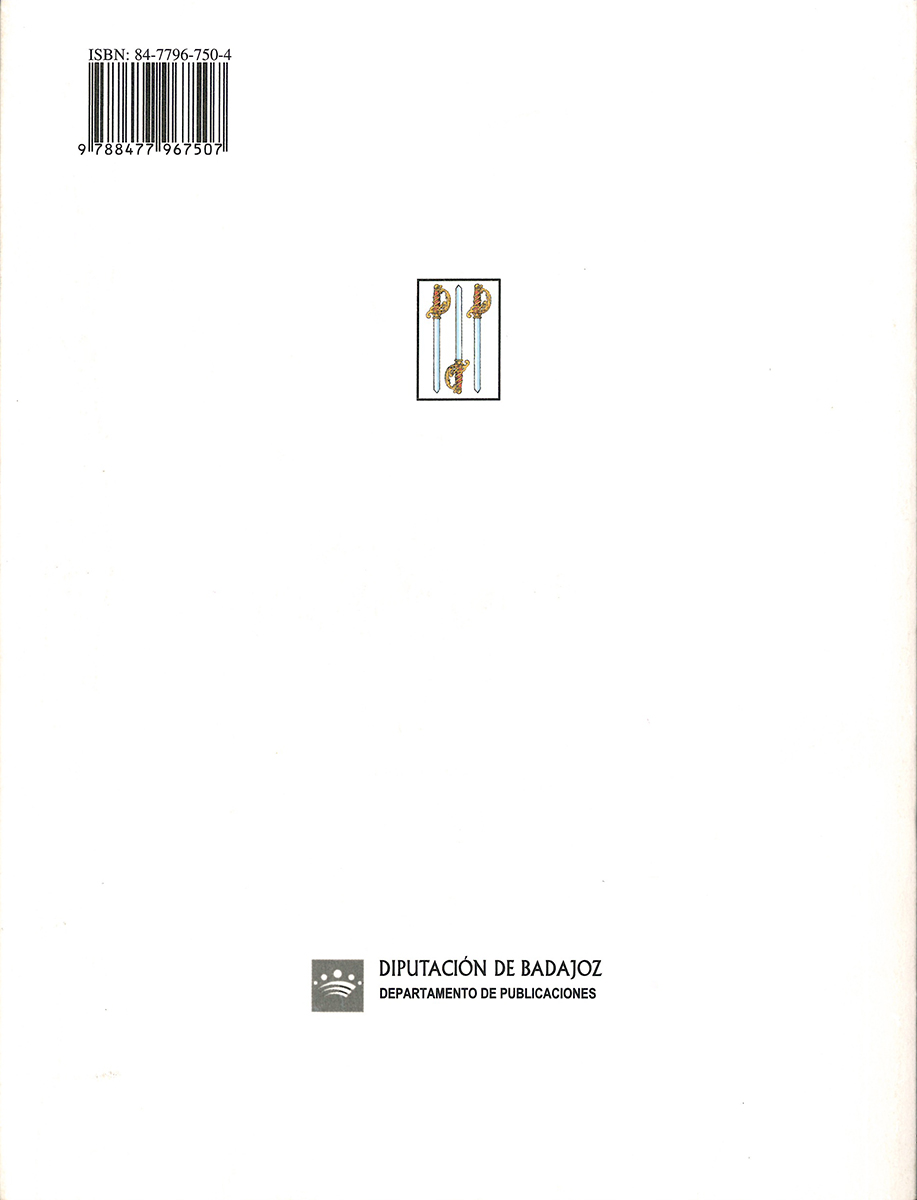
In Pintan Espadas they play neither the eight nor the nine; they do play the ace, from the two to the seven, the jack, the horse and the king. The Publications Department of the Diputación de Badajoz opens this space for a closed collection of ten numbers, following the suit of the Spanish deck, which includes visual and experimental works by different artists.
Designed by the poet Antonio Gómez, Pintan Espadas is a polysemous collection that jumps into the arena of the unconventional, which suggests the color of the party, the bullfighting sword as art and skill, never the sword of war and generals. The sword of the game, the playful creative, the painting and the line, the chance and the object. The visual, the representative, the word and the image are gathered in this festive series of colored colors where the artist, the sword, paints, writes, creates in the open round of his wit and, looking at the laying, ignites the criticism of the respectable.
Miguel Ángel Lama.
06 15M
These photographs and some more, all of 2011, are in the Special “Indignados” of the newspaper Público, http://especiales.publico.es/en/indignados/. Here the author did not sign with his full name, he did not consider himself a photographer documenting 15M, but rather one of them who took photos of an overwhelming movement for having been able to congregate people of such different condition and age in squares of Spain and of the whole world.
